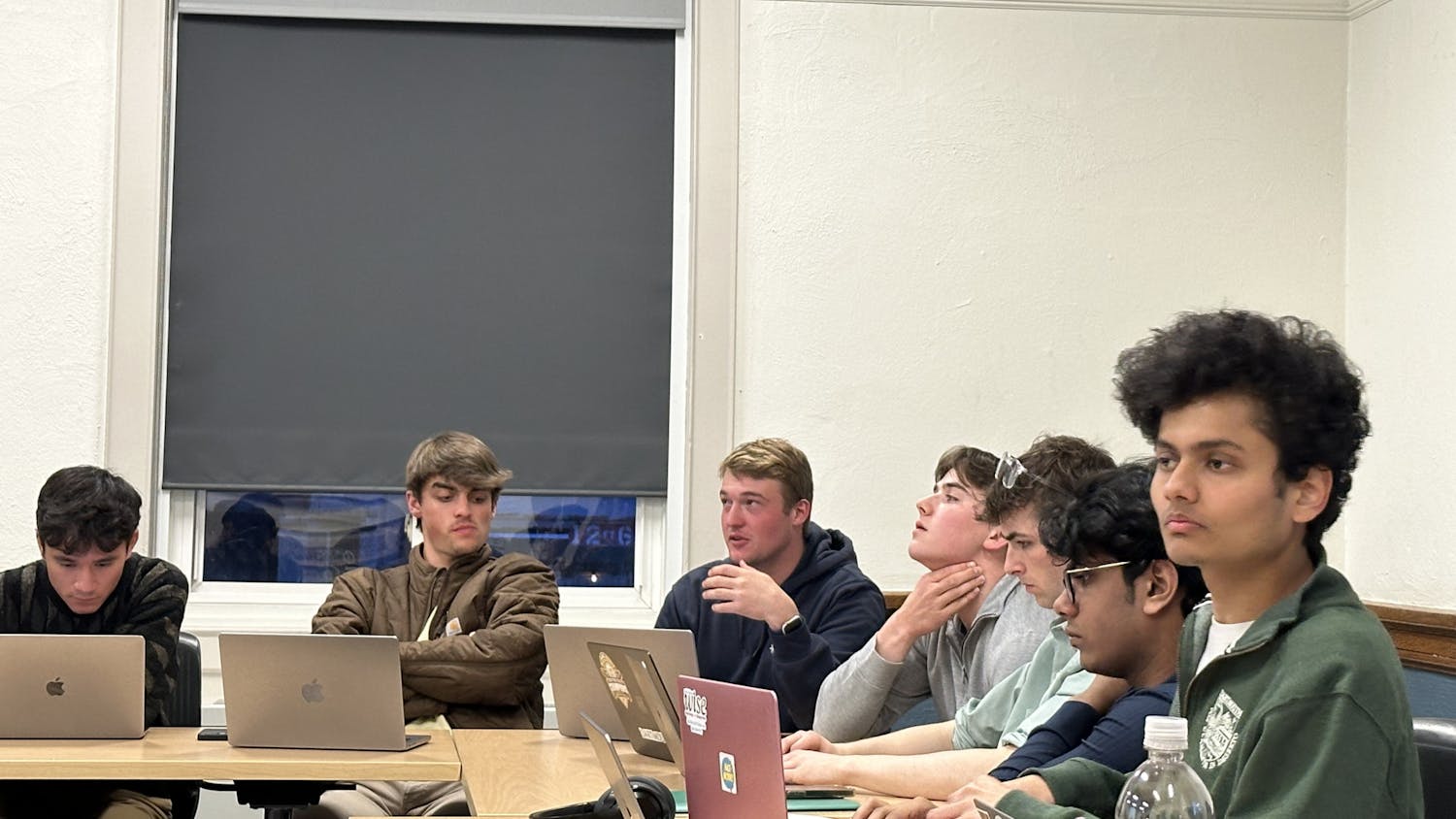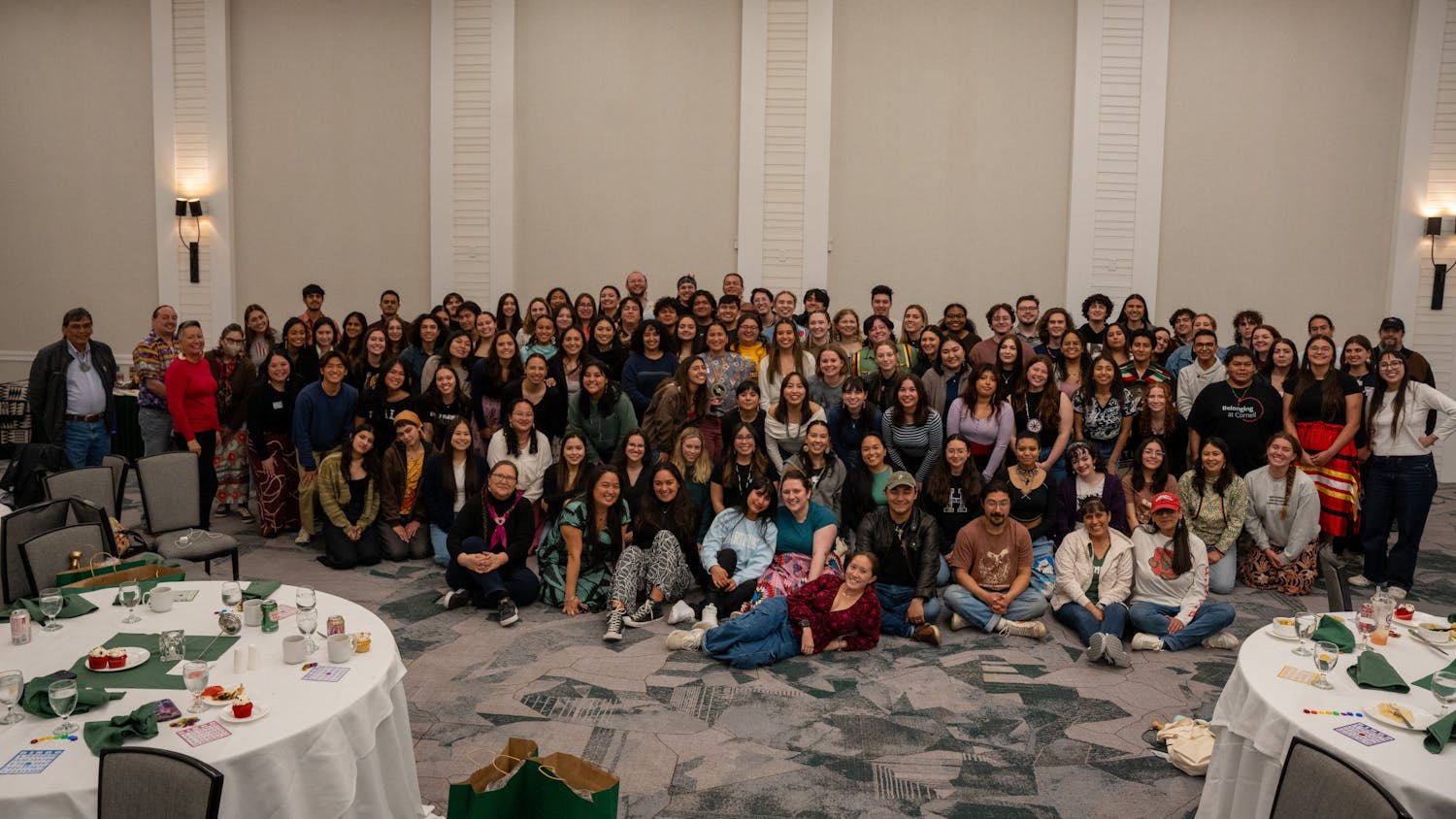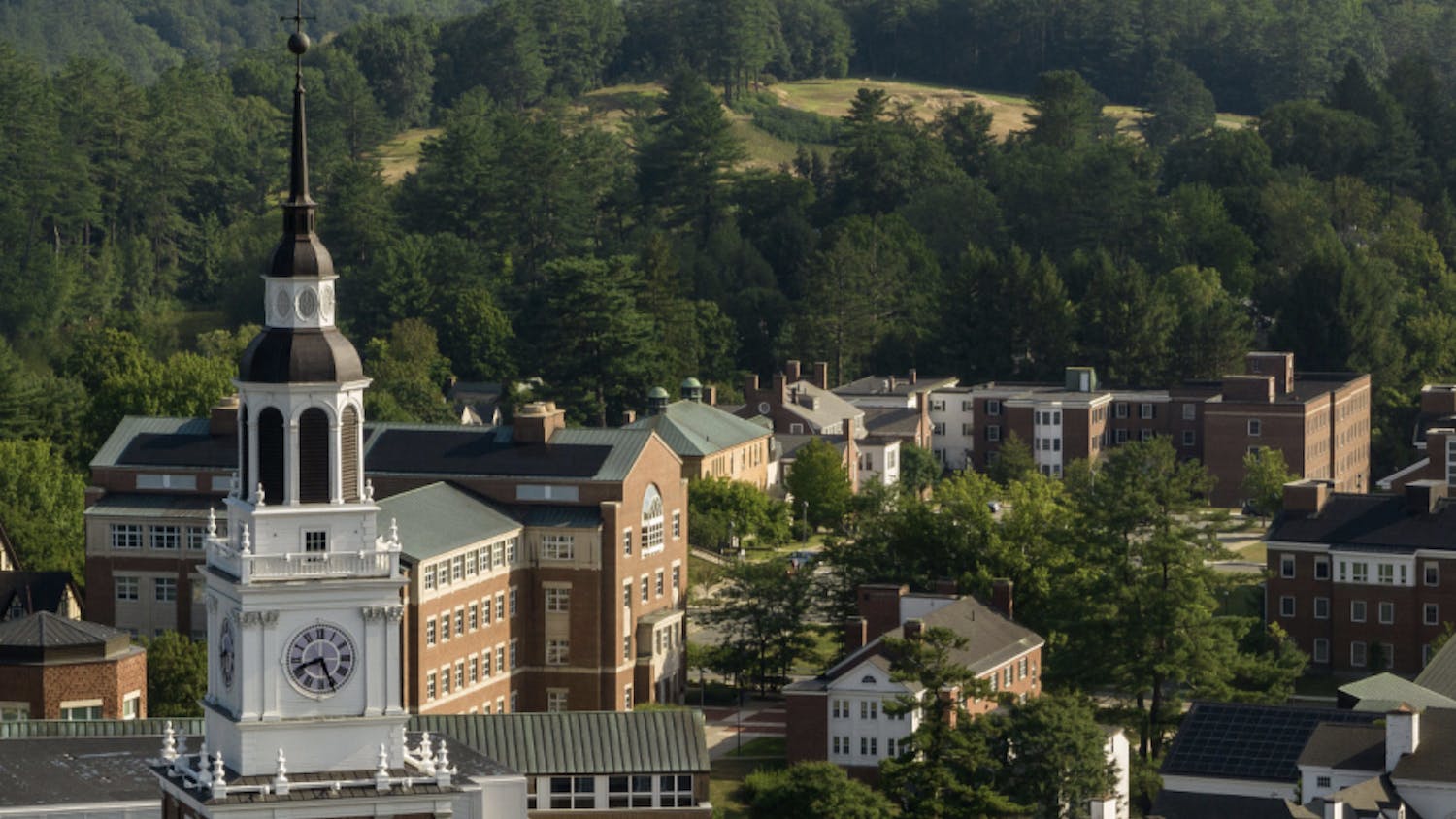In February 2016, Dartmouth announced that it had created three working groups to examine diversity and inclusivity in the College’s faculty, staff and student body. The College then announced its Action Plan for Excellence in May. The plan, which focuses on six pillars to promote diversity and inclusivity, includes a long-term plan to ensure diversity in Dartmouth’s faculty.
But as the College’s administration theorized about the best way to promote diversity in the faculty, controversy emerged in early May following the denial of tenure to Aimee Bahng, an assistant professor of English at the College. After the denial of tenure despite the unanimous approval of the English department’s tenure committee, students and faculty at Dartmouth expressed disappointment and anger regarding the decision. Hash-tags such as #fight4facultyofcolor and #dontdoDartmouth became common, as students and faculty expressed concern about the College’s commitments to minorities and underrepresented groups in the tenure process.
Despite this controversy, Dartmouth has still attempted to renew its long-term commitment to diversity in the faculty over the last two years. The College has tracked data on the current status of the faculty and its lack of diversity, doubled its diversity recruitment fund, offered workshops with the National Center for Faculty Development and Diversity and created and grown multiple fellowships. Specifically, the college created an Asian-American studies fellowship, added postdoctoral fellowships and doubled the length of multiple other fellowships.
The specific part of the action plan for excellence on faculty diversity included two purposes, according to the plan’s website. First, the plan aimed to have a “full spectrum of minds engaged in innovative scholarship.” Second, the College hopes to have a faculty as diverse as its student body.
In 2017, the College’s Annual Report on Faculty Diversity and Inclusivity found that 52 percent of undergraduate students were women and 40 percent were people of color, but only about 31 percent of full-time tenure-line faculty were women and only 18 percent were people of color. Under the College’s Action Plan for Inclusive Excellence, the College originally aimed to have racial and ethnic minorities comprise 25 percent of faculty by 2020. However, College President Phil Hanlon noted in an interview with The Dartmouth that the goal will not be achieved in time. Instead, the College plans to have 25 percent of the faculty comprised by faculty of color by 2027.
54 percent of the faculty recruited by the College last year were people of color, according to Hanlon. The College hopes to continue to recruit faculty of color at a similar rate in order to reach its set goals.
“If we can hit 33 percent faculty of color each year, we will be able to achieve that [2027 goal],” said Hanlon.
One faculty member involved in faculty recruitment Michelle Warren described three lenses through which the College sees diversity; first, the federal government has categories for different “historically underrepresented groups.” Secondly, the College can promote diversity in certain academic disciplines which have been underrepresented in the past. Lastly, the College can promote diversity in its “social community.”
Warren also noted that the College engages in both “active” and “passive” recruitment. Active recruitment includes outreach to potential candidates via conferences, networking and fellowships while passive recruitment involves advertisements in professional journals. Warren also works with faculty recruitment leaders to “support searches in developing recruitment plans that are diversity-conscious.”
Warren did not comment on the specifics of how the College’s Action Plan for Excellence would affect Dartmouth’s regular recruitment processes.
Interim Provost David Kotz ’86 said that his position as Provost includes many roles to help increase underrepresented groups’ presence in the faculty. He noted that one of the main ways he promotes diversity is by continuing the initiatives started by former Provost Carolyn Dever .
Kotz added that he leads a special fund initially put in place by Dever to “enable or encourage an increased recruitment of professors who would diversify the faculty, including faculty of color.” He said that this fund was meant to help find potential professors from underrepresented groups that include racial minorities but does not leave out other groups of people who are underrepresented on campus such as women.
“We also consider that an important diversity goal,” he said.
Even with these plans in place, in a recent Pulse survey, only 24 percent of Dartmouth students surveyed said they somewhat or strongly agreed that the College is doing a good job of promoting faculty diversity. Thirty-one-point-six percent of students surveyed said they neither agreed nor disagreed, while 44.4 percent of students said they somewhat or strongly disagreed.
When it comes to granting tenure to faculty of color, special assistant to the president Christianne Hardy said that the College must strike a balance between supporting their work and research but also accommodating their ability to counsel and support students of color. She added that faculty members of color often have more interactions with students, as they also serve as advisors and counselors to students of color.
“It’s really hard on the faculty, because the faculty of color end up doing an enormous amount of mentoring work with students,” College President Phil Hanlon said in an interview with The Dartmouth.
Hardy said many colleges and universities only track the productivity of tenure-track faculty through student evaluations, academic publications and other formal assessments that are “visible and measurable.” The informal interactions faculty have with their students — which are nearly impossible to track because they can occur at any instance — are often left out of these assessments, she said. A professor of color may spend more time with students of color because they look up to and feel more comfortable with said professor. These interactions may unintentionally disadvantage faculty of color in the tenure process because their white counterparts are not nearly as demanded by students since there are more professors of that background on campus.
Spanish lecturer and current La Casa live-in advisor María Luisa Martínez said her position “is a full commitment” because, as the live-in advisor, her job is ensuring the wellbeing of the residents while promoting multicultural events on campus that bring people of different identities together. Even though this may seem simple, she added that the Spanish language is not attached to one sole identity or culture, and finding common ground among all the different beliefs, ideas, cultures and identities in order to promote inclusivity and create a welcoming environment for everyone is an added role for the advisor.
As the College wrestles with its ongoing commitment to ensure that its faculty is as diverse as its student body, it undoubtedly faces challenges to its goal. Long-term benchmarks are difficult to achieve, recruitment is competitive and a systemic shift for the College regarding its recruitment structure requires a large commitment. But many argue that it is worth it. From the faculty members of color who spend hours mentoring students in addition to their regular workload and research, to the importance of having diverse opinions and backgrounds in academia, to the students of color who find confidence in seeing that their faculty mentors share similar experiences and backgrounds, the pursuit of faculty diversity is a challenge that the current administration, many students, staff and faculty believe the College must embrace.
Gabriel or ‘Gabe’ is a ’21 from Los Angeles, CA, who plans on majoring in Government and minoring in Public Policy while at Dartmouth. Gabe joined the D because of his passion for journalism that was fostered in his senior year in high school, where he first began writing news for his school’s paper. In his spare time, Gabe likes to listen to Green Day, devour sushi, and fangirl over Star Wars. He also can’t wait to get cold.



